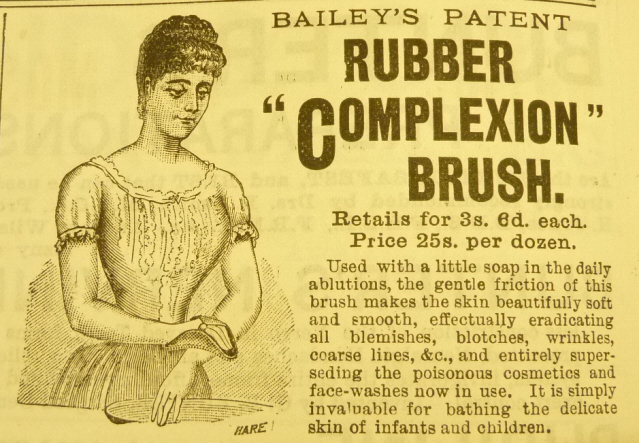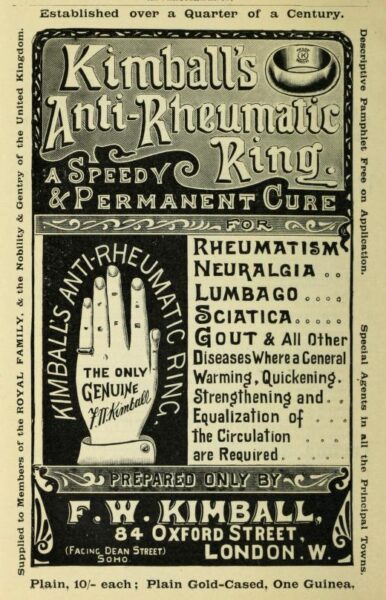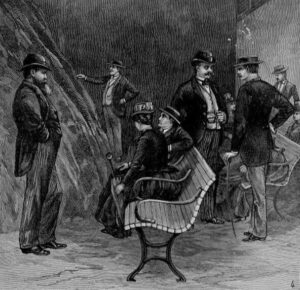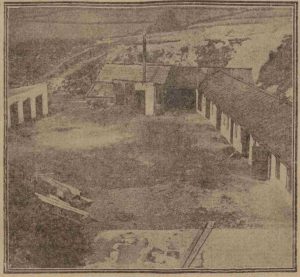
A harmless alternative to the arsenical preparations then in vogue for improving the complexion, Bailey’s rubber brush was intended to improve the circulation, clear the pores and allow the blood to free itself of impurities. Charles J Bailey of Newton, Massachusetts, invented the product in 1887, immediately patenting it in England, France, Canada, Belgium and the US. The brush was flexible with soft, flat ended cylindrical teeth designed to be gentle on the skin, stimulating a healthy glow without abrasion. Its advertising claims included smoothing out wrinkles and removing blackheads:
‘This state of the skin [enlarged pores] often occurs because the bath does not sufficiently soften and carry away the oily waste which the blood has brought to the pores for egress; then the oily exudations remain and harden, and, moreover, become capped by impalpable dust, producing the odious “Blackhead.” The rubber brush never fails to remove the dust-cap, and sensitize the skin for the dissolving and cleansing action of the bath. The pores thus regularly relieved, nature again acts freely, the pores contract, and the skin becomes again of its natural texture.” Boston Evening Transcript, 7 May, 1892.



You know, I think I saw something similar on late night TV commercials this Christmas. They called it an exfoliating brush and it was motorized with a rotating head, but the principle is the same.